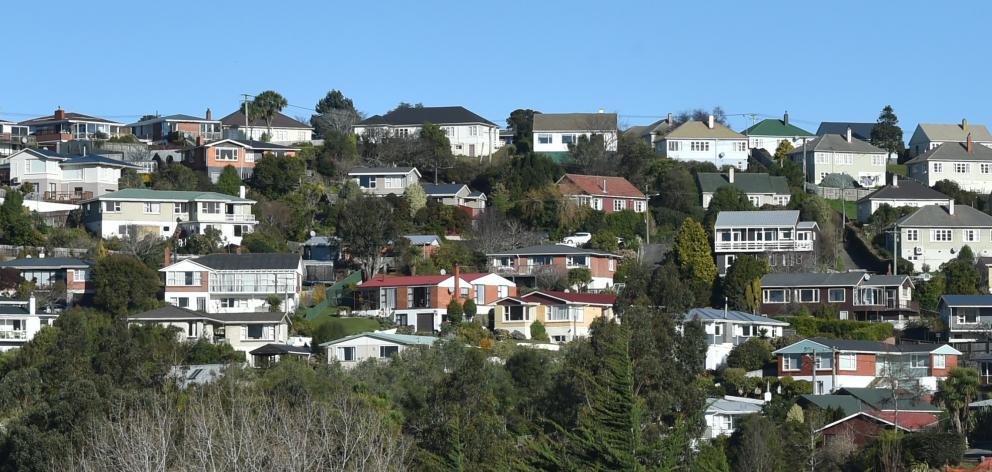
Across Otago and in Dunedin, prices rose more than the national 5.7% gain, at 7.8% and 9.8% respectively.
Queenstown Lakes District's 4.8% gain saw its $908,000 price still above the wider Auckland median price, which eased slightly to $850,000, although many suburbs are well beyond the $1 million mark.
Otago sales were down 8.5% on a year ago to 300 houses, and nationally the number declined by 1.6% to 6034 homes, data from the Real Estate Institute of New Zealand showed yesterday.
REINZ chief executive Bindi Norwell said the lack of housing supply continued to put pressure on prices in most areas across New Zealand, with increases in 12 out of 16 regions since June last year.
However, sales volumes fell significantly year-on-year, with 14-month lows on the West Coast and Waikato, down respectively 25.7% and 14%, Wellington hit a five-month low, down 10.6%, and Otago's 8.3% decline was an 11-month low, she said.
ASB senior economist Jane Turner said regional contrasts remained, with Auckland and Canterbury ''underperforming'', while the regions remained buoyant.
''Nationwide sales activity and price growth are expected to tread water over 2018.
''But the Reserve Bank will want to be sure that regional house price growth and housing credit growth are slowing before relaxing the LVR (loan to value ratio) restrictions,'' Mrs Turner said.
REINZ regional commentator Liz Nidd said there was ''continued strong interest'' from first-home buyers and investors, which meant interest remained high in the low number of properties on the market.
''The low listing numbers kept sales numbers suppressed, as we've seen in the past,'' she said.
While the first-home buyers were making quick decisions in order not to miss out, Mrs Nidd said investors were becoming more confident as interest rates appeared to be stable and set to remain so into the future.
In the sector's outlook in Dunedin, Mrs Nidd said the lack of confidence and decline in business confidence, seen in numerous recent surveys, may both influence the market in the months ahead.
Between May and June, Queenstown Lakes District saw an $88,000 median price gain, to $908,000.
REINZ regional director Gail Hudson said listings were still slow to come to the market, but sales rose from 59 properties last year to 72.
There was more activity this year than last year, as the market had slowed before and after the election, Mrs Hudson said.
Ms Norwell said the June median price of 5.7% equalled the record median at $560,000, up from $530,000 last year.
''Again, we're seeing this two-tier market across the country where prices are remaining stable in Auckland and Canterbury but rising in most other parts of the country,'' she said in a statement.
She said three regions booked record median prices during June, with Waikato up 11.7% to $525,000, Wellington gaining 12.3% to $595,000, and Marlborough rising 11.4% to $440,000.
However, the number of properties sold across the country decreased by 1.6% to 6034, down from 6131 in June last year.
''This was the result of significant decreases in sales volumes in eight out of 16 regions and a 9.9% decrease in new property listings year-on-year,'' Ms Norwell said.












